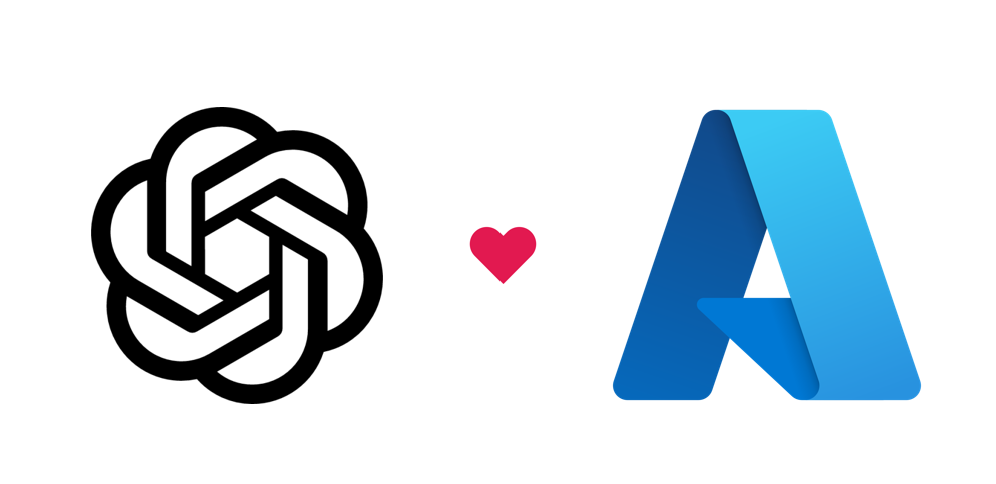Advanced CI/CD Strategies in Azure DevOps
Azure DevOps provides a comprehensive platform for managing CI/CD pipelines, but implementing advanced deployment strategies can significantly improve release efficiency, reliability, and security. This blog explores advanced CI/CD strategies that can help organizations optimize their software delivery process using Azure DevOps.
1. Multi-Stage Pipelines for Efficient Deployments
Azure DevOps supports multi-stage YAML pipelines, which allow organizations to define end-to-end workflows, from code builds to production releases, within a single pipeline.
Key Benefits:
- Provides a clear separation between build, test, and deployment stages.
- Enables gated approvals and manual interventions before critical releases.
- Supports parallel execution of jobs to improve efficiency.
Example Multi-Stage YAML Pipeline:
stages:
- stage: Build
jobs:
- job: BuildJob
pool:
vmImage: 'ubuntu-latest'
steps:
- script: echo "Building the application..."
- stage: Test
dependsOn: Build
jobs:
- job: TestJob
pool:
vmImage: 'ubuntu-latest'
steps:
- script: echo "Running tests..."
- stage: Deploy
dependsOn: Test
jobs:
- job: DeployJob
pool:
vmImage: 'ubuntu-latest'
steps:
- script: echo "Deploying to production..."
2. Blue-Green and Canary Deployment Strategies
Traditional deployment methods often lead to downtime. Blue-green and canary deployments mitigate risk by gradually rolling out updates.
Blue-Green Deployment:
- Maintains two production environments (Blue – current, Green – new).
- Deploys the new version to Green while Blue serves live traffic.
- Switches traffic to Green once verified.
Canary Deployment:
- Gradually rolls out new versions to a subset of users.
- Monitors performance before full release.
- Allows rollback if issues arise.
Example Using Deployment Slots in Azure App Services:
tasks:
- task: AzureAppServiceManage@0
inputs:
azureSubscription: 'Azure Service Connection'
WebAppName: 'my-app'
ResourceGroupName: 'my-resource-group'
Action: 'Swap Slots'
SourceSlot: 'staging'
3. YAML vs Classic Pipelines: Choosing the Right Approach
Azure DevOps offers two types of pipelines: Classic (GUI-based) and YAML (code-based). Each has its own advantages depending on the project needs.
YAML Pipelines (Recommended for Modern CI/CD)
✅ Version-controlled pipeline definitions. ✅ Easy to manage and reusable across projects. ✅ Supports multi-stage deployments. ✅ Enables Infrastructure as Code (IaC) practices.
Classic Pipelines (GUI-Based)
✅ Suitable for beginners or teams unfamiliar with YAML. ✅ Provides a visual designer for pipeline configurations. ✅ Useful for simple deployment scenarios.
When to Choose YAML?
- When managing multiple environments.
- When needing greater flexibility and automation.
- When integrating CI/CD with GitOps workflows.
4. Infrastructure as Code (IaC) in Azure DevOps
Automating infrastructure provisioning reduces manual errors and improves consistency.
Best Practices:
- Use Terraform or Bicep to define infrastructure.
- Store configurations in version control.
- Use Azure DevOps Pipelines to deploy infrastructure.
Example Terraform Deployment in Azure DevOps:
tasks:
- task: TerraformInstaller@0
inputs:
terraformVersion: 'latest'
- task: TerraformTaskV1@0
inputs:
command: 'apply'
workingDirectory: '$(Build.SourcesDirectory)/terraform'
5. Secure CI/CD Pipelines with Approval Gates
Secure deployments with manual approvals, security scans, and compliance checks.
Key Features:
- Use pre-deployment approvals before moving to production.
- Integrate security tools like SonarQube, WhiteSource Bolt, or Microsoft Defender.
- Scan for vulnerabilities before allowing releases.
Example Approval Gate Configuration:
- Go to Azure DevOps → Pipelines → Releases.
- Select a stage and configure pre-deployment conditions.
- Enable manual intervention and define approvers.
6. Continuous Monitoring and Logging
Monitoring pipelines helps detect failures early and improve reliability.
Key Monitoring Tools:
- Azure Monitor & Application Insights – Tracks performance and errors.
- Log Analytics – Centralized log management.
- Azure DevOps Audit Logs – Tracks changes and executions.
Example of Enabling Logging in Pipelines:
tasks:
- task: PublishBuildArtifacts@1
inputs:
artifactName: 'Logs'
pathToPublish: '$(System.DefaultWorkingDirectory)/logs'
Conclusion
Advanced CI/CD strategies in Azure DevOps improve efficiency, security, and reliability. By implementing multi-stage pipelines, modern deployment strategies, and security best practices, organizations can enhance their DevOps workflows.
Key Takeaways:
✔ Use multi-stage pipelines to structure workflows efficiently. ✔ Implement blue-green and canary deployments for zero-downtime releases. ✔ Choose YAML pipelines for scalability and automation. ✔ Leverage Infrastructure as Code (IaC) for provisioning. ✔ Secure deployments with approval gates and security scanning. ✔ Monitor pipeline activity with Azure Monitor & Application Insights.
By following these advanced CI/CD strategies, teams can ensure faster, safer, and more reliable software delivery with Azure DevOps. 🚀








